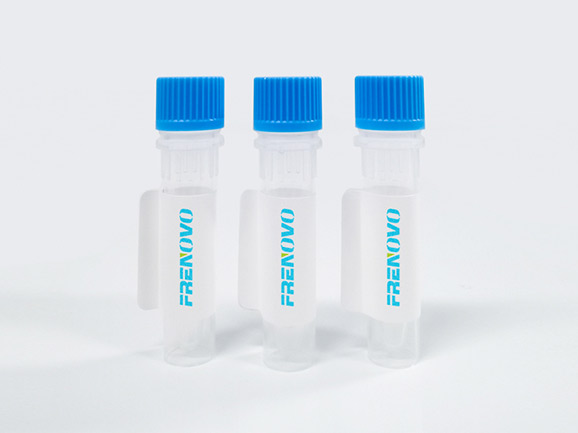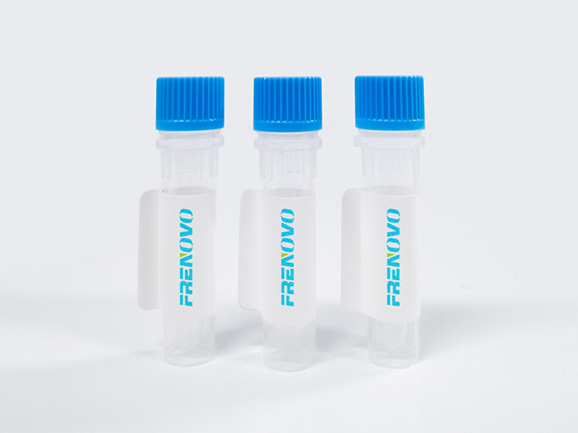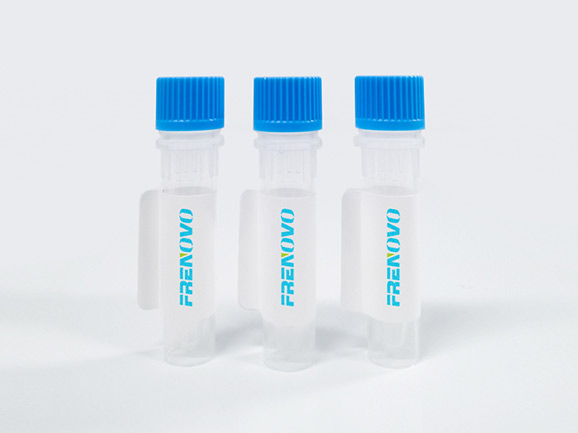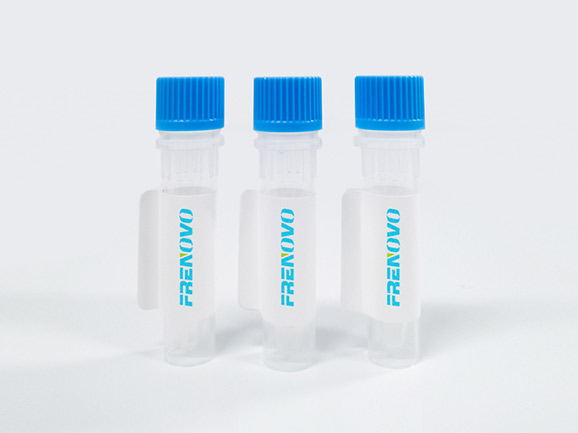

Human cytomegalovirus (HCMV) is a ubiquitous herpesvirus (the human herpesvirus 5) and an opportunistic pathogen that primarily infects HIV-positive and other immuno-compromised patients. Retrospective
studies in the field of inflammatory bowel disease (IBD) have suggested a relationship between a concomitant colonic HCMV infection and poor outcomes in patients with an ulcerative colitis (UC) due to the presence of HCMV in surgical specimens of patients with a toxic megacolon or a steroid-resistant UC. Therefore, gastroenterologists have focused on the contribution of HCMV infections in the exacerbation of UC.
Numerous studies have addressed the benefits of treating colonic HCMV reactivation in UC using an antiviral treatment. However, its clinical relevance remains uncertain as only a few prospective studies have assessed the direct relationship between clinical outcomes and the viral load of HCMV in colonic tissues. HCMV reactivation can be triggered by inflammation according to fundamental research studies. Thus, optimal control of intestinal inflammation is essential for preventing an HCMV reactivation in the intestinal mucosa. Indeed, several reports have indicated the effectiveness of an anti-tumor necrosis factor-alpha (TNFα) treatment in patients with an active UC and concomitant HCMV infections. In this review, we describe the mechanism of HCMV reactivation in UC cases and discuss the current issues regarding diagnosis and treatment of HCMV infections in UC patients. CMV infections are widespread and usually asymptomatic; however, severe infections can be seen in newborns and immunocompromised individuals. This virus may also persist as a latent or chronic infection.
Cytomegalovirus (CMV) infections are widespread and usually asymptomatic; however, the virus may persist as a latent or chronic infection. The relatively frequent incidence and severe disease in newborns and immunosuppressed individuals clearly establishes this agent as an important human pathogen. CMV infection can be classified as Congenital (Acquired before birth), Perinatal (Acquired at birth) and Postnatal (Acquired after birth). The prognosis for congenitally infected infants who are asymptomatic at birth must be guarded. Ten to 25% may subsequently develop hearing loss. Five to 10% may exhibit various degrees of mental retardation and central nervous system motor disorders. Surveys show the incidence of congenital CMV infection to be from 0.5 to 2.5 %. Consequently, a careful documentation of the long-term effects of intrauterine infection is important.
Although the age at which CMV infection is acquired varies with socioeconomic condition, only about 10-15% children in the United States are seropositive. By the age 35 however, about 50% of the population is seropositive. The majority of individuals contracting postnatal CMV infections remain asymptomatic. A small percentage of individuals will develop a negative heterophile-antibody infectious mononucleosis syndrome. In immunocompromised patients CMV infections happen frequently, often from reactivation of latent infection, and may life-threatening. Antibody of the IgM class is produced during the first 2-3 weeks of infection with CMV and exists only transiently in most patients. Serologic procedures which measure the presence of IgM and IgG antibodies help discriminate between primary and recurrent infections since IgM antibodies are rarely found in recurrent infections.
CMV IgG/IgM test device has 3 pre-coated lines, "G" (CMV IgG Test Line), "M" (CMV IgM Test Line) and "C" (Control Line) on the surface of the membrane. All three lines in result window are not visible before applying any samples. The "Control Line" is used for procedural control. Control line should always appear if the test procedure is performed properly and the test reagents of control line are working. A purple "G" and "M" lines will be visible in the result window if there are enough IgG and/or IgM antibodies to CMV in the sample. If IgG and/or IgM antibodies to Cytomegalo viurs are not present in the sample, there is no color appearance in "G" and/or "M".



